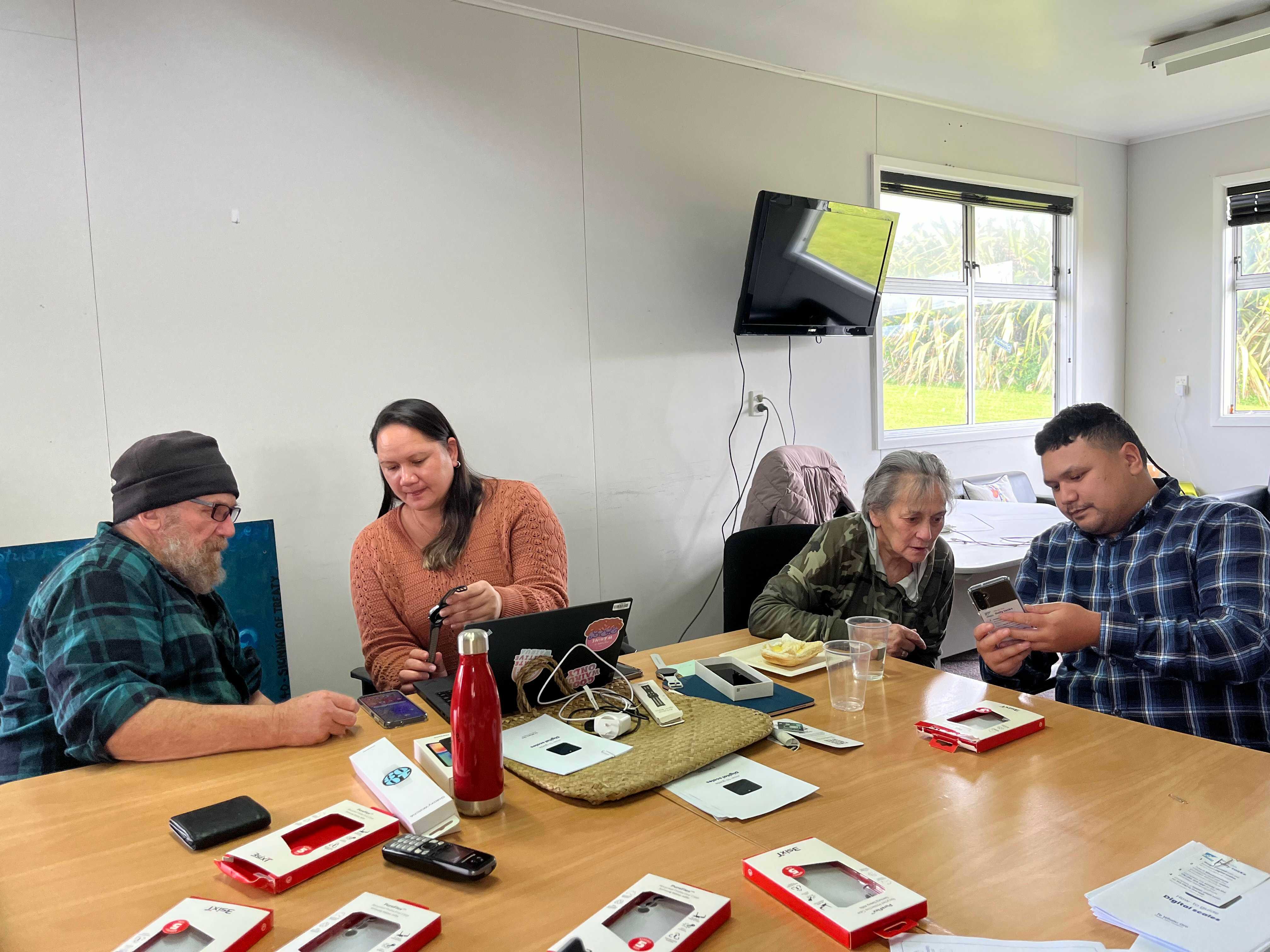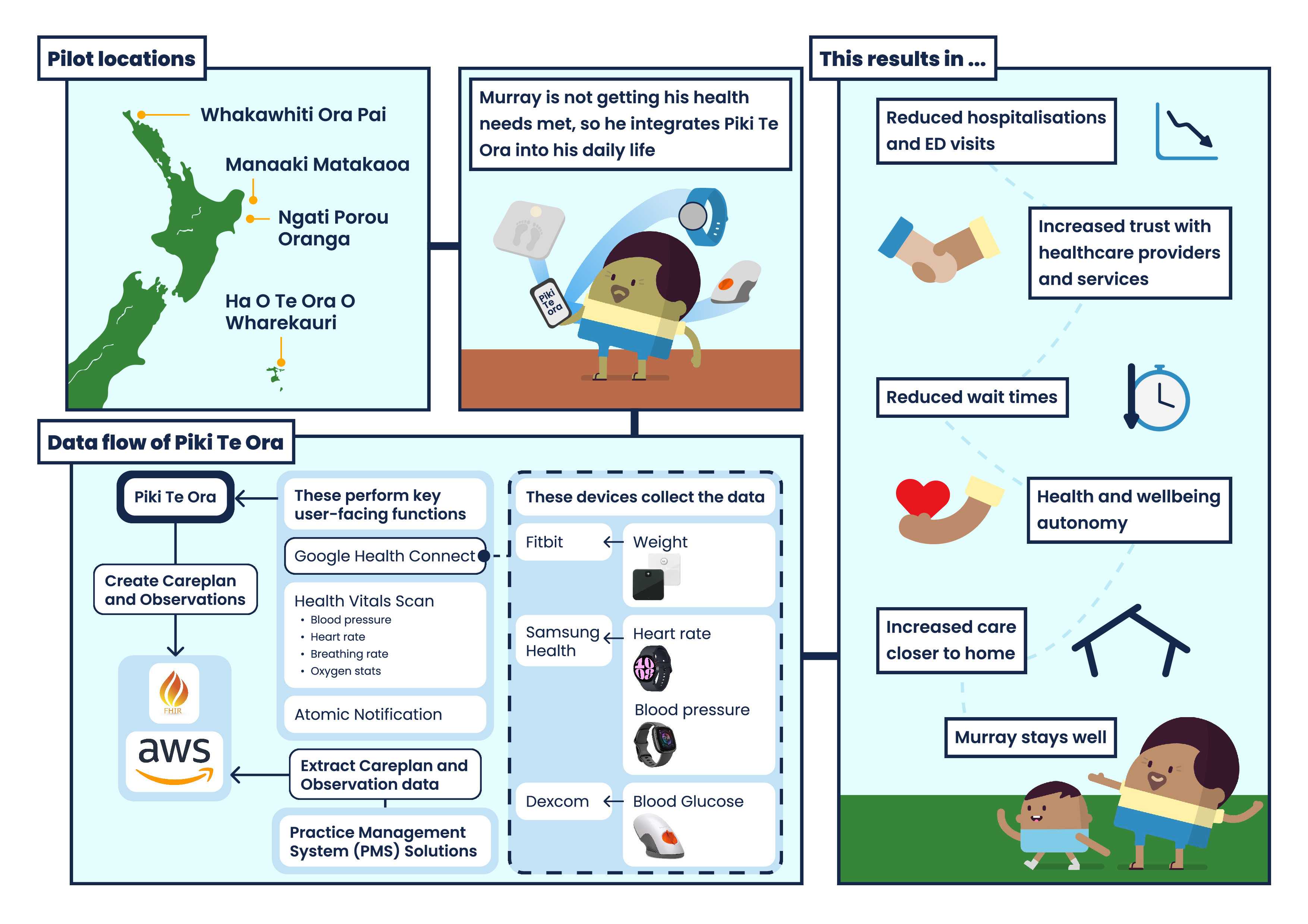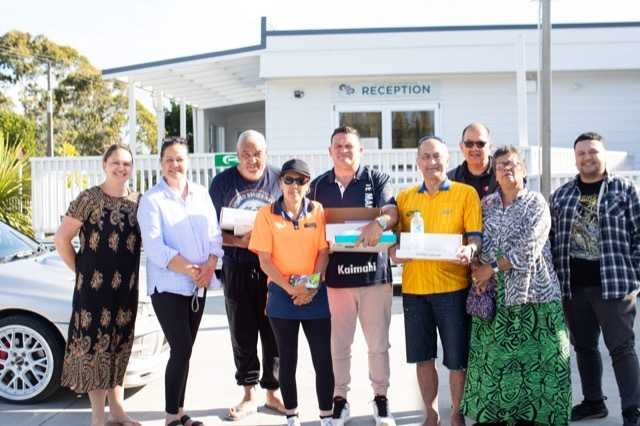Piki Te Ora - Remote Patient Monitoring
Giving our people the option to monitor their health vitals from home to better care for their long term health conditions


Pilot Background
The pilot began in July 2023 as a response to access for rural Māori communities to primary care. The expectation was that this would support rural communities to better manage their health from home. It is designed to run for two years ending in July 2025. The pilot will have a total of 60 participants.
The providers and participants that have been chosen are from rural Māori communities who struggle with long term health conditions and find access to services difficult. These communities identified Heart Failure and Chronic Obstructive Pulmonary Disease (COPD) as the conditions most important for them to monitor. (See map for pilot locations)
Health NZ is providing a range of technologies to the participants to be able to monitor their health. The key elements are smart phones and smart watches, which have been gifted to whānau by Samsung.
How does this work?
All of the devices given to whānau connect through to an app which is then consolidated at a phone level (using Google Health). This allows interoperable choices about the wearables or devices the consumer can use (the equivalent on iOS is the Health App).
The Piki Te Ora app has been developed by Health NZ for this pilot. Through Piki Te Ora, participants are notified daily to fill out a symptom survey and perform a daily health vitals scan. This collects vitals such as blood pressure, heart rate, breathing rate and oxygen saturation levels. The watch is another means to collect blood pressure, heart rate and it can also perform a single lead ECG. For most whānau, their daily input takes less than five minutes to weigh themselves, add their daily symptoms and complete their health vitals scan.
The technology that has been implemented is also able to be used for other Long-Term Conditions by creating different combinations of tasks, observations and forms like the daily symptom survey we are using. The goal is to help monitor long term health conditions from home and prevent unnecessary hospitalisations.

Expected impact and benefits
Health NZ expects remote patient monitoring will have positive benefits for users by empowering them to better manage conditions themselves, which results in positive benefits for health sector, including reducing the number of GP visits.
This should in turn lead to wider benefits, including reduced acute events such as hospitalisations and ED visits, increased trust with healthcare providers and services, reduced clinic wait times due to monitoring, reduced unnecessary travel to far away hospitals and clinics, with halo effects of improved health and wellbeing autonomy in communities.
Recent quotes from community members
“It makes me feel secure, it makes me feel safe. It’s just something I didn’t realise, wish I had it ages ago, sort of thing.”
Far North Participant
“Still going, still here so I’m quite happy with that. And with your fellas help another 10 years of life.”
Chatham Islands Participant
“Ae, ko tetahi kaupapa. He kaupapa nui tenei, he kaupapa pai tenei. Ko oku nei hiahia me Haere tonu tenei kaupapa ki te katoa, e awhi, e tautoko, I te katoa kia pai ai ta ratau nei Hauora.”
[Yes, this is a massively important pilot. This is a great pilot. It’s my desire that we see this pilot continue and be delivered to the country. To help and support everyone so that they too can have better health outcomes.]
Far North Participant
Our team is available to help others implement their own version of Piki Te Ora. Please express interest using our Contact Us page.
